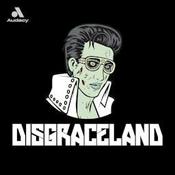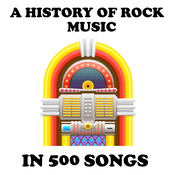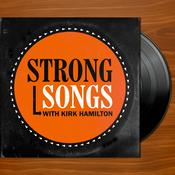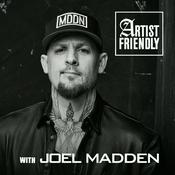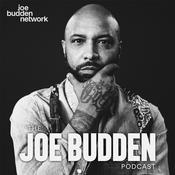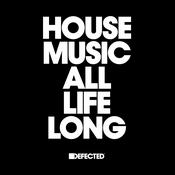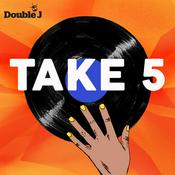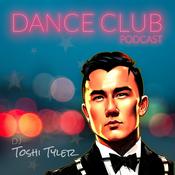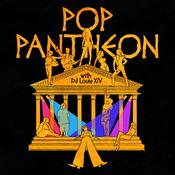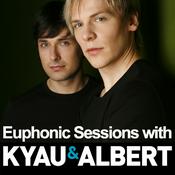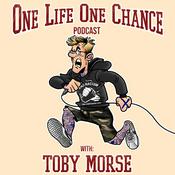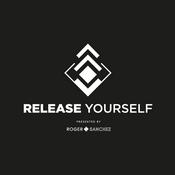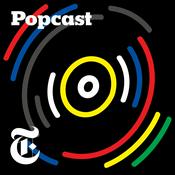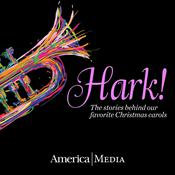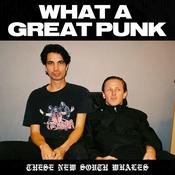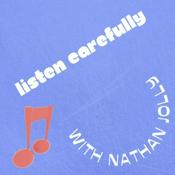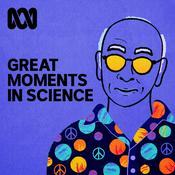312 episodes

Genre-benders: Abel Selaocoe and Bush Gothic
20/12/2025 | 54 mins.
Almost every description of South African singer, cellist and composer Abel Selaocoe starts with a phrase like “genre-defying”, but Abel refers to himself as genre defining. Wherever he tours, he brings with him a lifetime of musical influences ranging from his childhood in Sebokeng, a township outside Johannesburg, to adolescence at Soweto’s African Cultural Organisation of South Africa, to study at the Royal Northern College of Music in Manchester. His classical cello chops, his Xhosa throat singing, his improvisational spirit and his storytelling combine in an open, blossoming sound on his latest album Hymns of Bantu.Bush Gothic are “unafraid of Australian songs”. From colonial-era folk songs to the Divinyls, their latest album What Pop People Folk This Popular is a showcase of what the band does best: dreamy, detailed, genre-bending music in conversation with Australian musical history. Jenny M Thomas and Dan Witton join Andrew Ford.

Ellen Stekert on a full life in folk music
19/12/2025 | 54 mins.
Ellen Stekert has spent a lifetime in folk music. She got her first guitar at 13 (to assist with her rehab after contracting polio) and soon after high school she became enmeshed in the Greenwich Village folk scene, crossing paths with the likes of Pete Seeger and Woody Guthrie. Ellen released four albums of traditional songs in the 1950s and then focused her career on academia, teaching English, American and folklore studies.There’s been a resurgence of interest in Ellen’s life and music, thanks in large part to singer songwriter Ross Wylde. Ross has been helping Ellen to remaster her old recordings, leading to her first release in over 60 years: Go Around Songs Vol. 1. Both musicians are guests on The Music Show to talk about their deep love of folk music, their intergenerational friendship and how a Bob Dylan photograph for sale on eBay first brought them together.Check out Ellen Stekert's website for photos, music and archive, and Ross Wylde's music is available on Bandcamp.This program originally aired in May 2025.

The "doofy folk" of Brisbane band Amaidí; and Luciano Berio at 100 with his student Kim Williams
13/12/2025 | 54 mins.
Brisbane trad band Amaidí say they perform "doofy folk stuff": accordion, guitar, banjo and fiddle augmented by stomp box and electronics. Amaidí means nonsense in Gaelic but it's more than just silly stuff, with their new album Beyond Cape Capricorn reflecting the broad and often dark influences of Scottish and Irish music in the Australian folk tradition. That being said, there's plenty to dance to, as you'll hear when they join Andy to play some tunes live in the studio. Well before he was Chair of the ABC, Kim Williams was a composition student of Italian arch-modernist Luciano Berio, whose centenary we celebrate in 2025. Kim joins Andy to demonstrate his encyclopedic knowledge of Berio's music, to recall his personal relationship with the composer, and to review the olive oil of Berio's hometown.

Messiah
12/12/2025 | 54 mins.
What do an actress mired in scandal, a grieving political dissident, a previously enslaved African celebrity, and a court composer have in common? They’re all integral to the story of Messiah becoming a cornerstone of the musical repertoire. Heard now more often at Christmas, it was premiered at Easter in 1742 after three rapid weeks of writing by Handel, and it suggests, as author Charles King says, the staggering possibility that things might turn out all right. Charles joins Andy to reveal the characters in his book Every Valley, which in the American edition comes with the pleasing subtitle The Desperate Lives and Troubled Times That Made Handel’s Messiah.

From Mixtapes to MTV: The Music of the 1980s with Tony Wellington
06/12/2025 | 54 mins.
Tony Wellington returns to the show to race through the 1980s in a single episode. It's a decade of contradictions, where big hair, commercial pop hits, lip syncing and the music video meet rap, independent rock, and house music. From girls on film to video killing the radio star, from talking about a revolution to being touched for the very first time: how do you sum up the triumphs and tragedies?
More Music podcasts
Trending Music podcasts
About The Music Show
Listen to The Music Show, DISGRACELAND and many other podcasts from around the world with the radio.net app
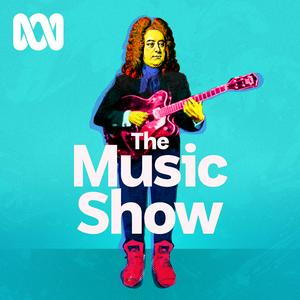
Get the free radio.net app
- Stations and podcasts to bookmark
- Stream via Wi-Fi or Bluetooth
- Supports Carplay & Android Auto
- Many other app features
Get the free radio.net app
- Stations and podcasts to bookmark
- Stream via Wi-Fi or Bluetooth
- Supports Carplay & Android Auto
- Many other app features


The Music Show
download the app,
start listening.
